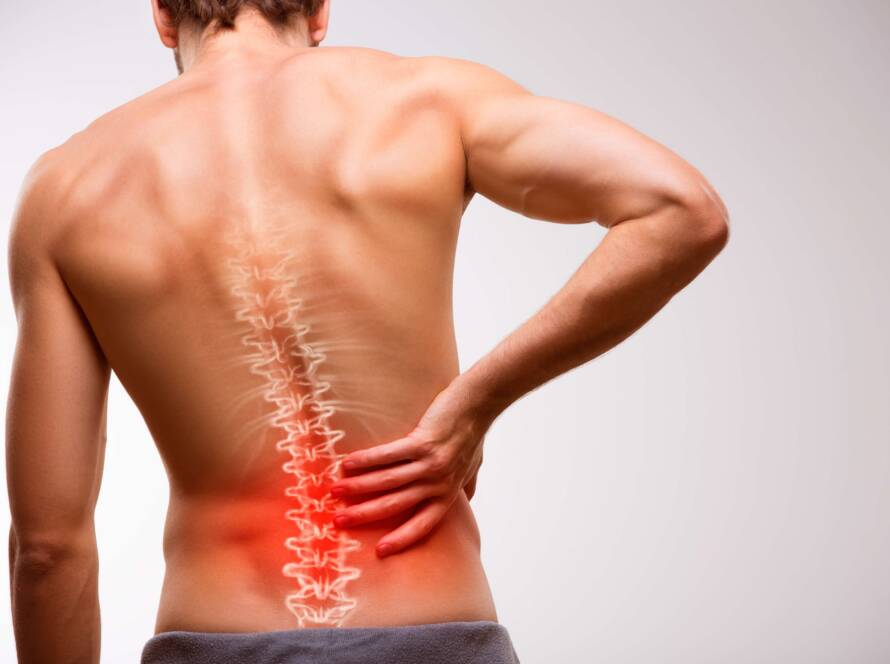Neck pain is common and leads to a high rate of work disability. There is a high prevalence of widely reported tension type headache and migraine, both episodic and chronic that can be related to muscle tenderness. Data on headache and neck pain collected in 797 individuals (Ashina et al 2015) showed that most presented with assessed pericranial tenderness.
The effect of a relaxation exercise program on pericranial/ cervical muscle tenderness with headache and neck pain provided to a working community was investigated by Rota et al (2016) in order to assess outcomes with the intent of reducing work disability.
The 384 participant workers involved in the study were split into two groups. After the initial clinical examination, one group received instruction on a relaxation exercise that was to be performed once or twice a day, and three postural exercises that were to be performed briefly every 2-3 hours. Visual feedback was used by the participants to monitor excessive contraction of the head and neck muscles. These instructions were provided to the group again after two and four months.
The program, with relaxation/posture exercises and a visual feedback, was carried out for 6 months with data collected on head/neck pain. After six months of performing the scheduled program a second clinical examination was performed for all subjects with scores given following palpitation of pericranial and cervical muscles for tenderness and cumulative muscle tenderness. The second group commenced relaxation/posture exercise at this time and both groups continued to perform the exercises before a final clinical examination was performed at the end of the 14 months.
The first group to perform the relaxation exercise program showed a significant reduction in headache and neck and shoulder pain after 6 months of participation. This group also had a decrease in the muscle tenderness scores. An approximate 40% reduction in headache, neck and shoulder pain, along with an approximate 50% reduction in drug intake was identified in the clinical assessment. A noteworthy factor was that the decrease in muscle tenderness over time strictly paralleled pain reduction, with a long-term benefit of the educational/physical program on pericranial/ cervical muscle tenderness.
When the second group was provided with the exercise program, the significant difference in scores for tenderness and cumulative muscle tenderness was no longer significant at 14 months, showing that the exercise program had a positive effect on both groups following implementation of the program.
After 1 year from the beginning of the intervention, a significant decrease in the time lost to work was demonstrated by the data obtained. The total Migraine Disability Assessment Score was reduced by 40%, with around a 75% reduction in the missed work-days score.
The study overall indicates that the implementation of a workplace relaxation exercise program provides significant long-term decreases in pericranial/ cervical muscle tenderness and decreases in head-neck pain, correlating with a reduced work disability. The study emphasises that economically, this type of program is cost-effective, and yields significant, productive outcomes at a relatively low cost.
____
Ref: Eugenia Rota, Andrea Evangelista, Manuela Ceccarelli, Luca Ferrero, Chantal Milani, Alessandro Ugolini, Franco Mongini. Efficacy of a workplace relaxation exercise program on muscle tenderness in a working community with headache and neck pain: a longitudinal, controlled study. European Journal of Physical and Rehabilitation Medicine 2016 August;52(4):457-65
Ashina S, Bendtsen L, Lyngberg AC, Lipton RB, Hajiyeva N, Jensen R. Prevalence of neck pain in migraine and tension-type headache: A population study. Cephalalgia 2015;35:211-9.
____
The comments above are the implicit advice of Workplace Physiotherapy. The views expressed are based on current evidence-based research and accepted best practice approaches. Unless otherwise stated, these comments are not the view of WorkCover NSW/ SIRA or any other professional body. No reproduction or forwarding of this advice is permitted without the consent of the author.



